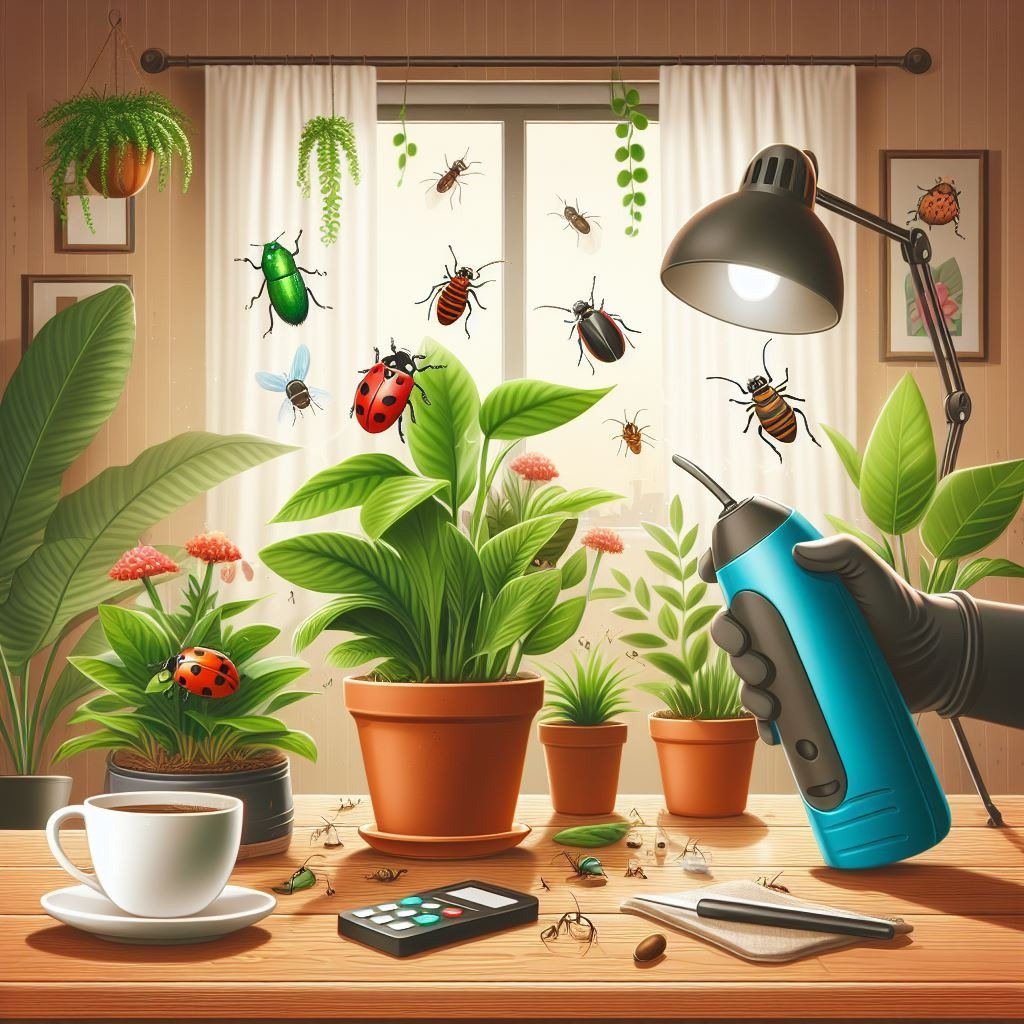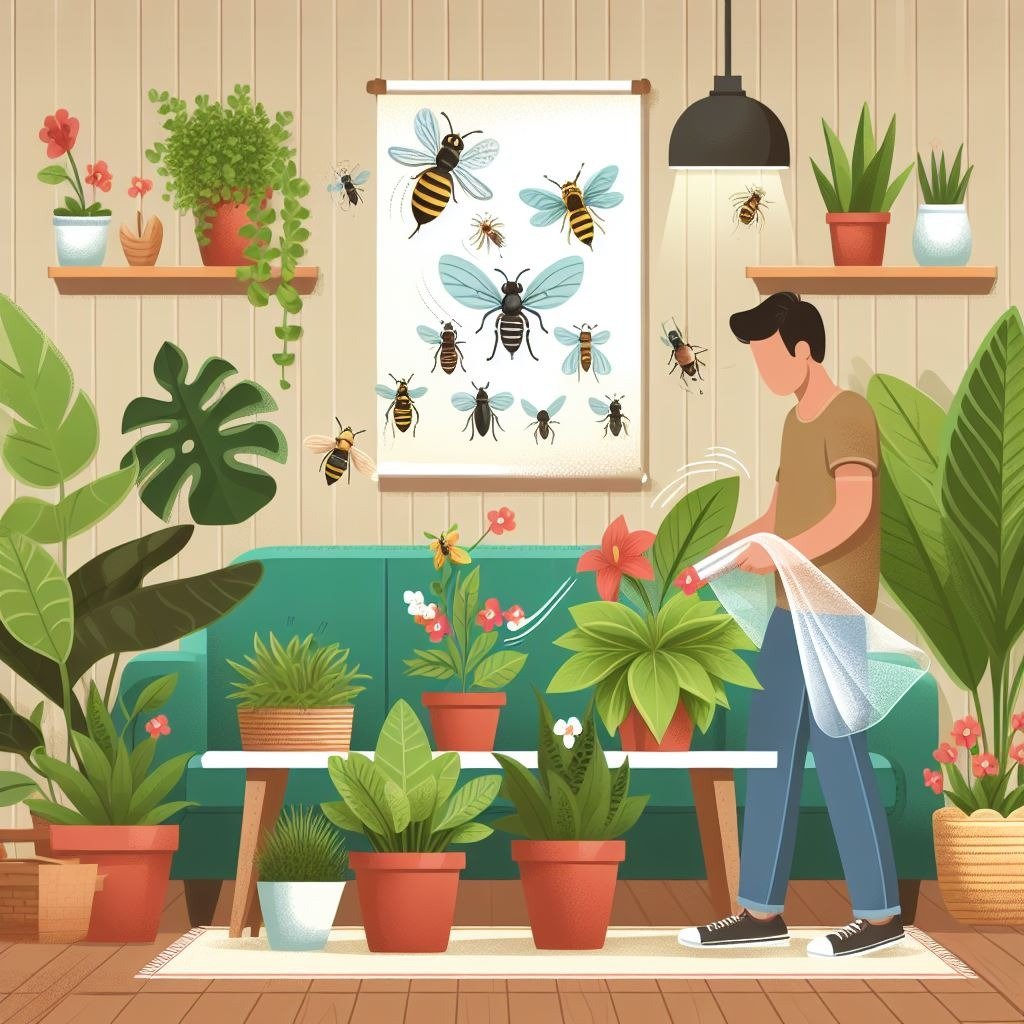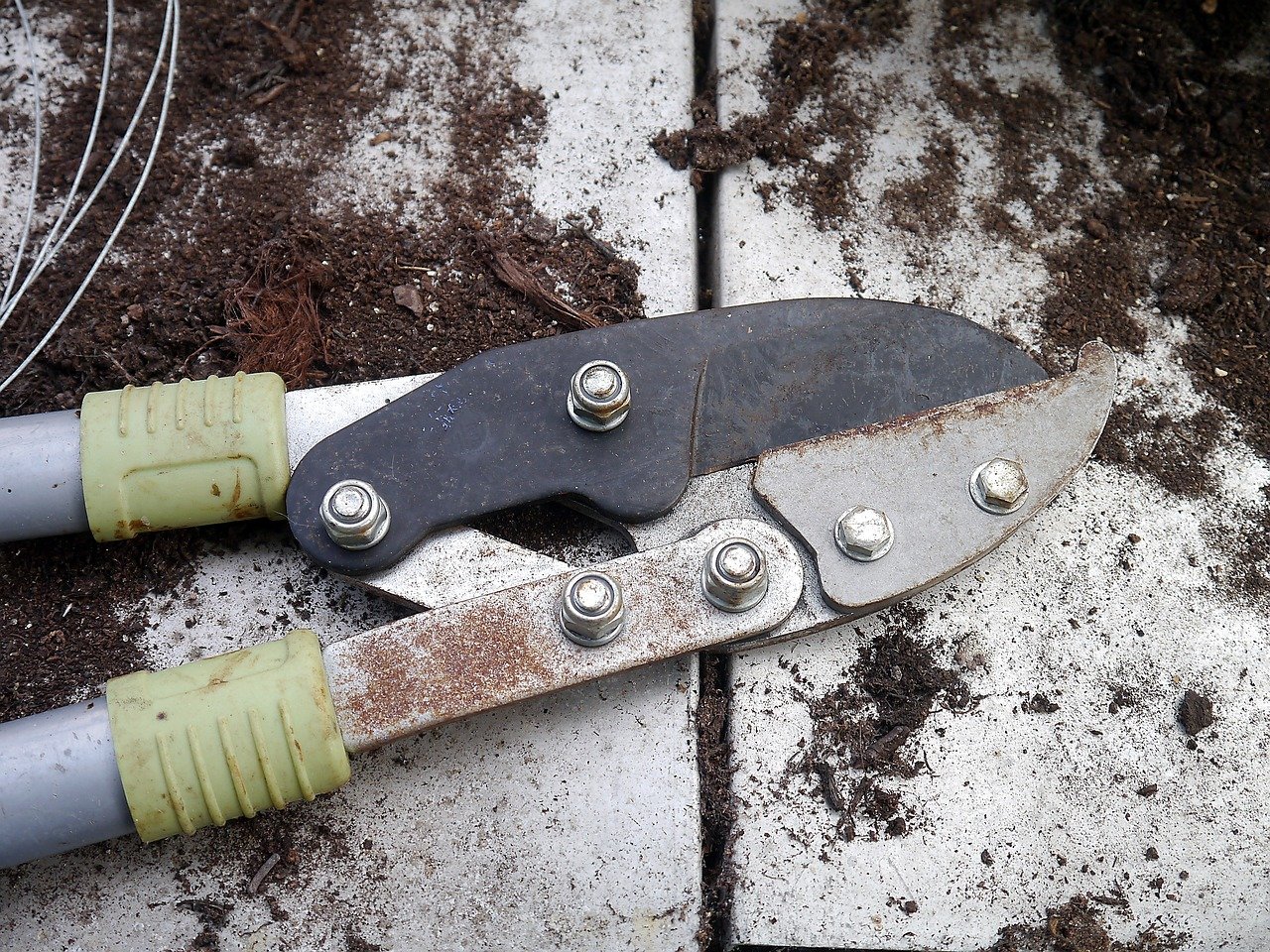
Timing is everything. When to plant strawberries for a great harvesting season is what you should worry about
When to plant strawberries In this book called “The Plot Hero’s Guide,” you are going to learn about the strategic

However, the bright side is that there are natural, eco-friendly solutions that you can employ to banish the bugs. Indoor plants can be breeding grounds for various pests, such as aphids, spider mites, etc. Sometimes, mealy bugs and other little critters tend to infest these plants in indoor spaces. Instead of perpetuating the use of strong chemical pesticides, there are plenty of natural methods you can apply to keep your plants healthy and bug-free.
We’ll cover the signs that show an infestation and what home remedies work effectively to get rid of insects without any use of toxic chemicals. We also give some tips and strategies to protect your plants from future insect invasions. You will get rid of those pests by using these natural methods, preventing damage not only to plants and animals but also to the environment.
The first treatment in debating the bugs that originated from the inside plants is to pinpoint the location of the bugs. Aphids are short, round-headed insects that make their home under the lower branches, causing ruffling or yellowing. They deposit behind a shiny-looking product referred to as honeydew.
Spider mites are tiny spider-like creatures that create fine threads on the surface of fresh vegetative tissues by spinning. You can discover small moving spots in a distinctive fashion of red, yellow, or white; sometimes, all of them.
Mealybugs are cottony, white insects that hide between the axils of a leaf, under the leaf, in conniving crevices, and everywhere.Scale insects are hard-shelled insects that grow from buds like little packages in great quantity.
We have little harmless bugs that appear thin and green and make leaves abnormally colored.
Observing these symptoms is an indication that it is time to deal with these bugs naturally by using organic ways of controlling houseplant pests.
Day 1: Look up the affected plants with intense scrutiny and find out which pests trouble them. This way, you can identify natural alternatives easily. Listed below are some sentences that can serve as a starting point for writing. Use these prompts as inspiration to craft your own unique and interesting writing pieces.
Day 2: A home remedy of an easy-to-make insecticidal soap can be given a try on the affected trees. Blend 1 tablespoon of liquid soap (castile or any similar one) with 1 cup of water in a spray container. Soak a piece of cloth or paper towel in this solution and wipe the affected areas of the leaves, both on the top and bottom, as pests prefer to hide on the undersides.
Day 3: Count on ladybugs or lacewing insects, which act as friends to the garden, in your indoor garden. These park inhabitants will do a great job at keeping some of the smallest problems, such as aphids, mealybugs, and others, in check.
Day 4: Take a DIY neem liquid solution. It is a good treatment for organisms on your plants and in your soil, making sure that your garden is safe from pesticides. Neem oil, as a natural insecticidal product obtainable from neem trees, yields a higher result than most pre-packaged chemical insecticides. Mix neem oil ranging from 1-2 teaspoons with 1 vehicle of water and a few drops of a mild liquid soap. Apply this mixture to your plants and do this, especially on the underside of the leaves.
Day 5: Apply hanging traps or yellow card sticks to retrieve and survey pest numbers. Development of an infographic on the top signs and symptoms that can be diagnosed through a mental health condition. This can be highlighted by altering patterns of sleep, appetite, emotional intensity, perceptual changes, level of motor agitation, cognitive functions, and the tendency to withdraw from socializing. Offer full textual descriptions for each of these ideas while complementing them with proper visuals. These, along with the leaf miners and insect control, will enable you to monitor how your natural pest control methods are working well indoors.
Day 6: Examine the physical plants; you may do it manually and remove any pests or egg masses that can be found. Wet a piece of cloth or cotton swabs and run them along the leaves and stems.
Day 7: Apply the insecticidal soap and neem oil spray solution as part of your weekly routine, and continue to check shrubs and branches for major pest populations. From time to time, keep checking your plants for any cases of new pest activity.
Follow these instructions for a week, and your indoor plants will get a great deal of relief from the infestation. It is rather important to note as well that getting rid of indoor plant bugs naturally is a bit time-consuming and requires some patience, but these methods work great, are safer, and are long-term beneficial for the health of your plants.
Bugs attack indoor plants, with or without them. What do we need to do? There are many cost-effective and environment-friendly methods available to help us get rid of bugs on indoor plants naturally. Through accurate identification of the pests protruding and following a well-planned 7-day course of natural remedies as well as some ongoing preventive strategies, you will be able to eliminate those infestations and keep your home plants healthy and vibrant.

Please note that it is inexplicable, but they do capture a lot of bugs. Chemical pesticides are more convenient, but it’s a little harder to deal with them. While the effects are long-term beneficial for your plants, your health, and the environment, you should not ignore humanization in this issue. Implementing a sound natural approach can relieve you of these irksome indoor plant pests forever. That was all about: how to get rid of bugs on indoor plants naturally.
Home indoor pests are some of the most commonly reported issues among them, including aphids, spider mites, mealybugs, scale insects, and thrips. The problem with these pests is that they can all be treated organically using natural methods that would not create any chemical contamination.
Correct. Indoor plants can be sprayed with homemade insecticides simply made from ingredients like water and soap, neem oil, or essential oils. These treatments are very safe, as they have no harmful effects. Visit the ecosystem solutions that target the pests rightly while your plants and the environment are not experiencing any harm.

When to plant strawberries In this book called “The Plot Hero’s Guide,” you are going to learn about the strategic

Best Pruner Anyone who enjoys maintaining a lovely garden knows you should choose the best pruners. Pruners are some of